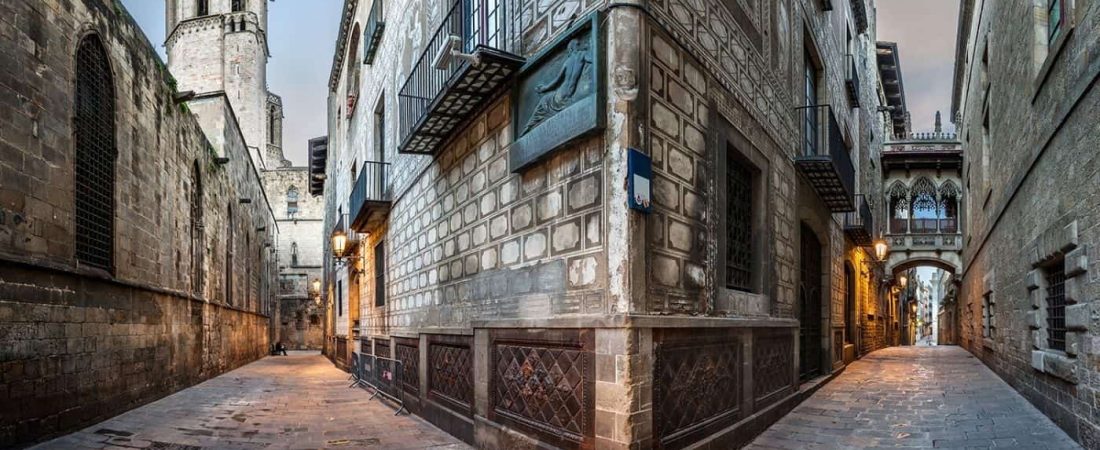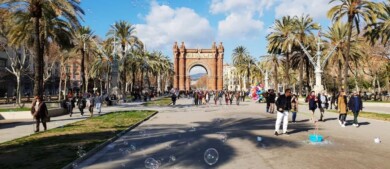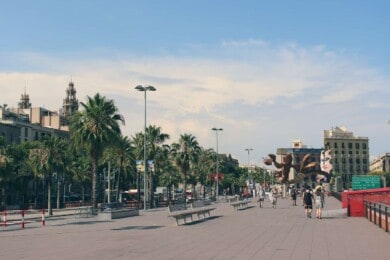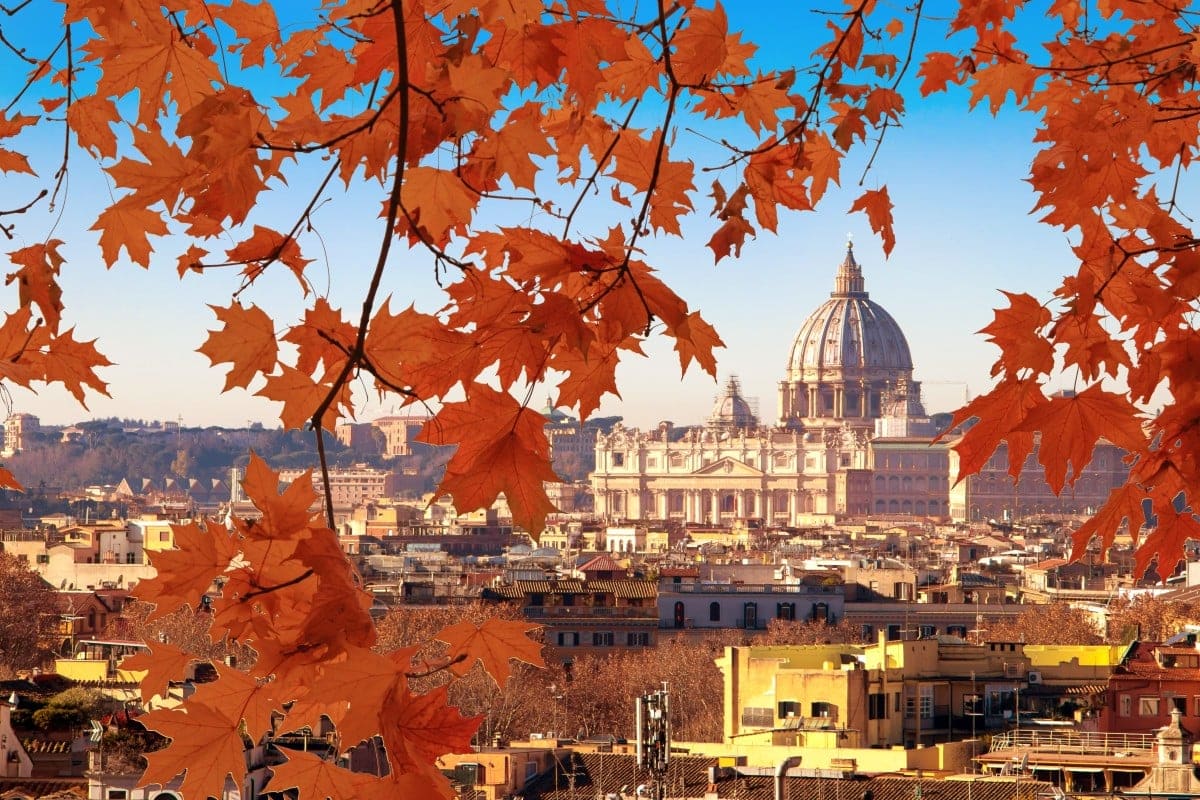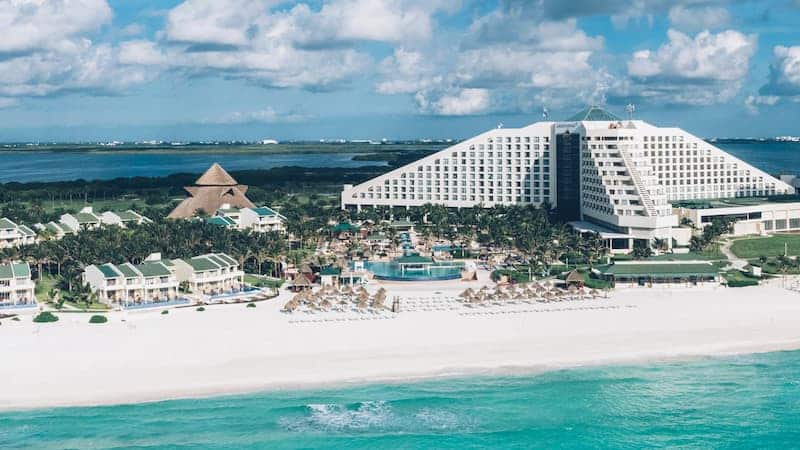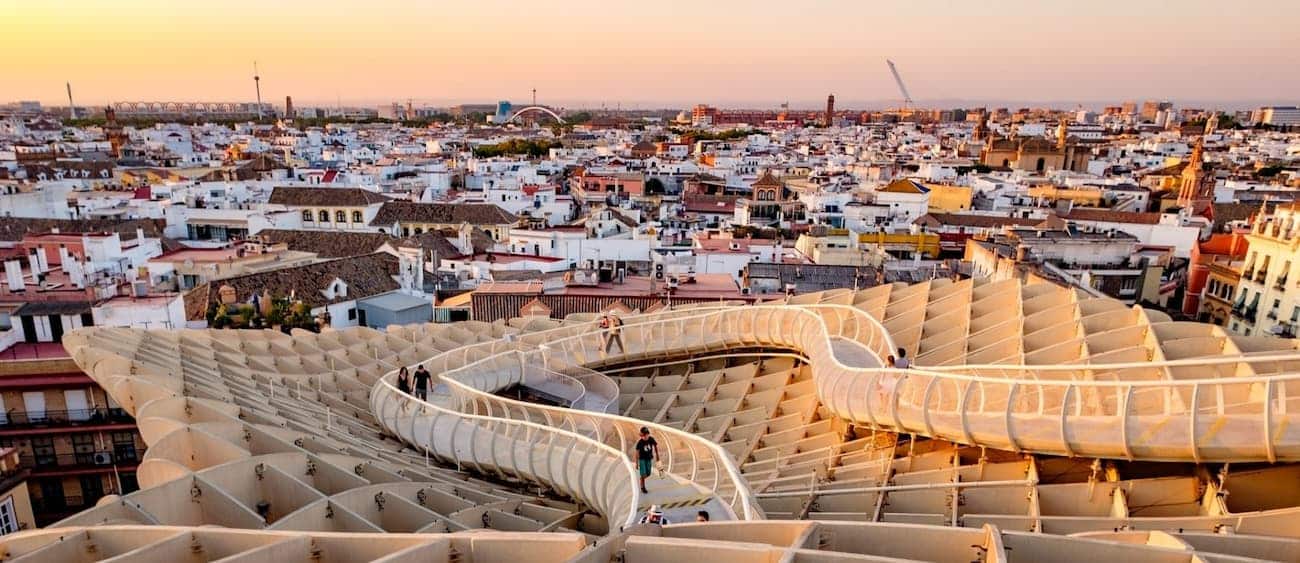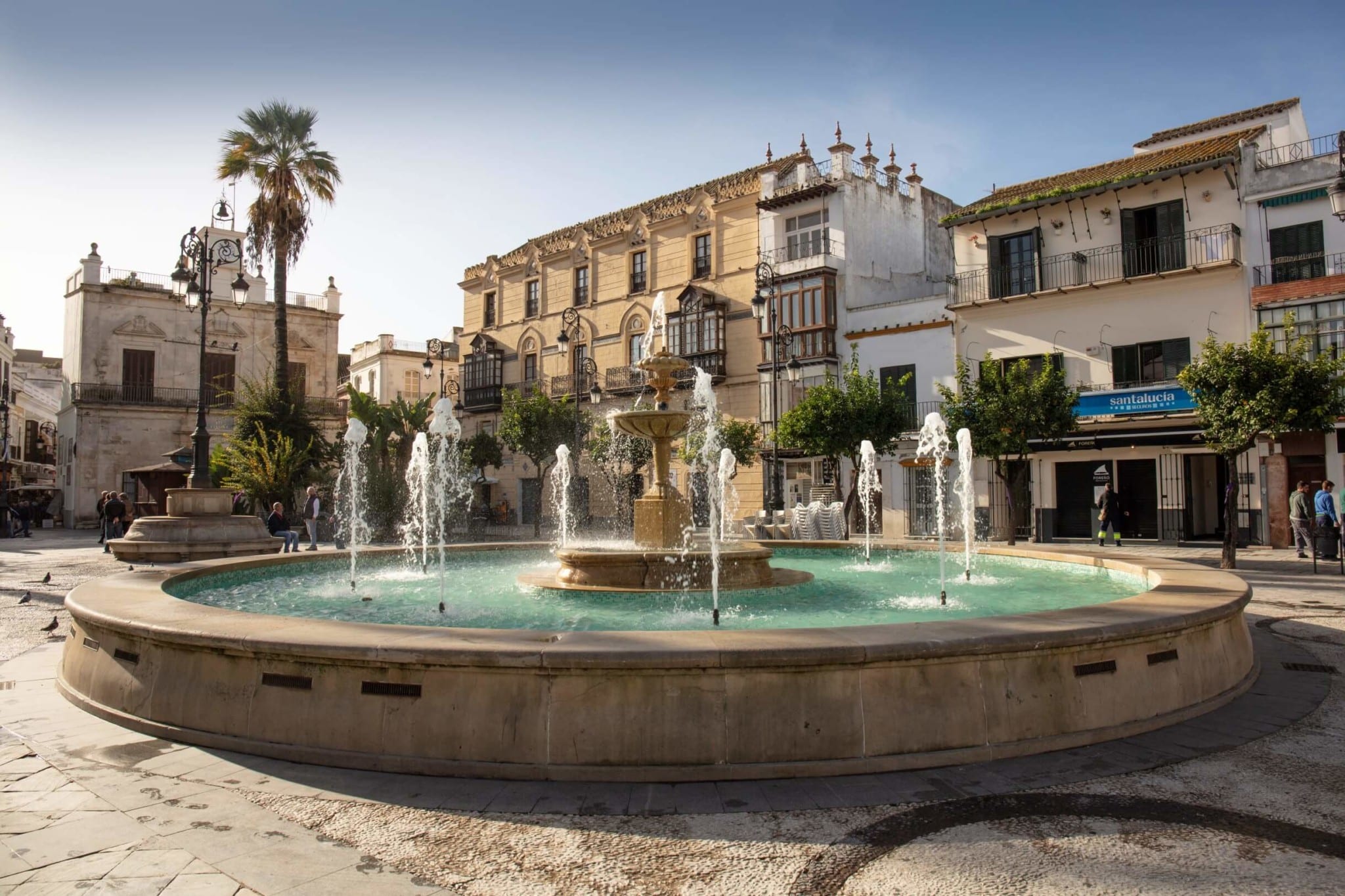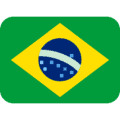The city of Barcelona is the second most important in Spain and the activities, attractions, cultural walks and unmissable places it has to offer are incredible. One of those places is El Call, the old Jewish quarter of the city and one of the greatest attractions it has in cultural terms.
Before talking specifically about the Call, let’s place ourselves in space. The city of Barcelona is the capital of the homonymous province and also of the Autonomous Community of Catalonia. It contains historic neighborhoods that are important attractions for tourists who come to discover the city or who simply reside there and want to explore it further. One of these places is the Gothic Quarter, the oldest in the city and used to be known as the “Cathedral Quarter”.
The Gothic Quarter is one of the most important in Barcelona and within it there are other neighborhoods, each with its own identity, and one of them is nothing more and nothing less than the Call. There, for a long time, one of the most important Jewish communities in all of Europe was found.
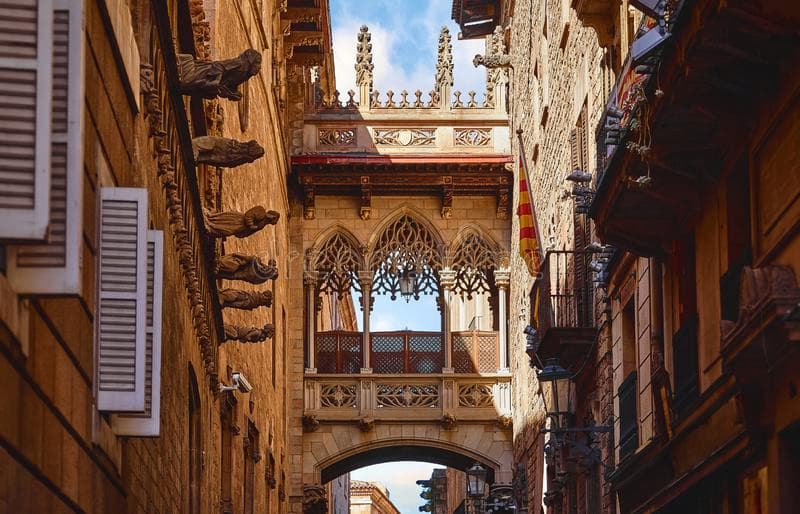
Today the neighborhood has an Interpretation Center of the Jewish Quarter where people who want to learn about the history of the place and know how people lived there during the Middle Ages can find all the necessary information.
A bit of the history of the Call, the Jewish quarter
In the documentary records the Jewish quarter in Barcelona has existed since the 11th century and the name by which it is currently known refers to the streets. That is, the word call means “small street” or “alley”, and over time the term was used to refer to the general set of streets where Jews lived.
At that time the Call came to occupy almost the entire northwest quadrant of what used to be the Roman colony Barcino. In addition, the Jewish community came to have a great role in Barcelona, being the they held public positions, such as tax collectors or ambassadors, and also contributed extensively to Barcelona’s commercial expansion.
It should be noted that the city of Barcelona during its medieval times had two Jewish neighborhoods: the Call Major, the best known; and the Call Menor, which arose due to population growth between the 13th and 14th centuries. These two neighborhoods were not connected to each other, mainly because the Major was walled, but it is estimated that in total around 4,000 people lived.
The Call Major
Although the documentary records of the presence of this Jewish quarter in Barcelona date back to the 10th century I, it is known that this community inhabited the city as early as the 9th century. In those early days, this neighborhood was a closed space, although it is worth noting that this does not mean that the community lived isolated from the rest of the city, in fact they also had houses outside this neighborhood.
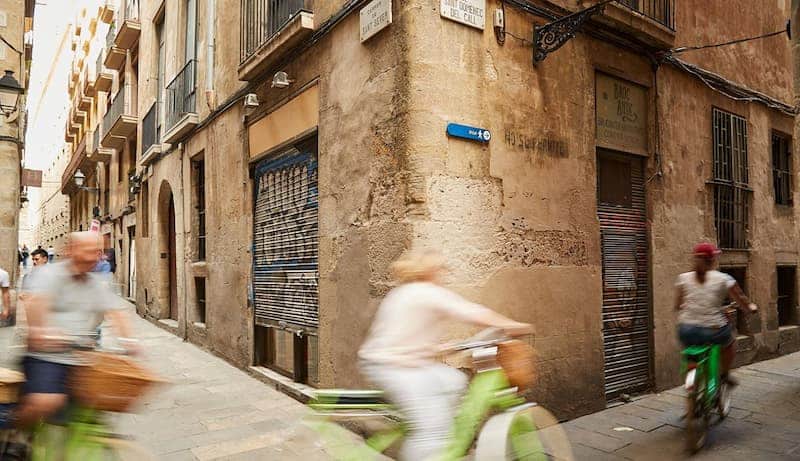
This sector of the city was delimited as follows: in the southern part, by Call and Castell streets; to the east by the street of Sant Honorat; in the northern part, along Sant Sever street and Santa Eulàlia baixada up to the Roman wall; and to the west by a line between Arc de Sant Ramon del Call and dels Banys Nous.
The neighborhood even extended outside the Roman wall that delimited it, which was opened in the 13th century. In this part of the city there were three synagogues, one of which can be visited today and is believed to be one of the oldest in all of Europe.
There are some outstanding sites of the city such as Plaza Sant Jaume, Plaza Sant Felip Neri, Tempo Augusto and the Cathedral.
The Minor Call
This part of the neighborhood arose in the 13th century, due to the considerable growth of the population and the fact that the space in which the community was located was too small for them. This sector of the community that began to organize outside the walls was called Call Menor.
According to available information, it is believed that the urbanization in this part of the city began in 1257 and, in addition to Call Menor, it was also known as Sanahuja or Àngela. It had two entrance and exit doors, one towards the street that passed under the Castell Nou and the other towards the public road.
In this part of the city, only the location of the synagogue is known, which in 1395 was converted into the Church of the Holy Trinity. It is still preserved today and has become the parish of Sant Jaume. This was the only synagogue of which the Call Menor is known.
Interpretation Center of the Jewish Quarter
Known as Interpretation Center of the Jewish Quarter, Interpretation Center of the Call or Museu d’Història de Barcelona – The Call is a space that exists since 2015 and that depends, just like one of their names indicates, the Museum of History of Barcelona or MUHBA. It is located in the heart of the Jewish quarter of the city of Barcelona and has the purpose of to tell the journey of the Jewish community in this region, taking into account its history and cultural legacy.
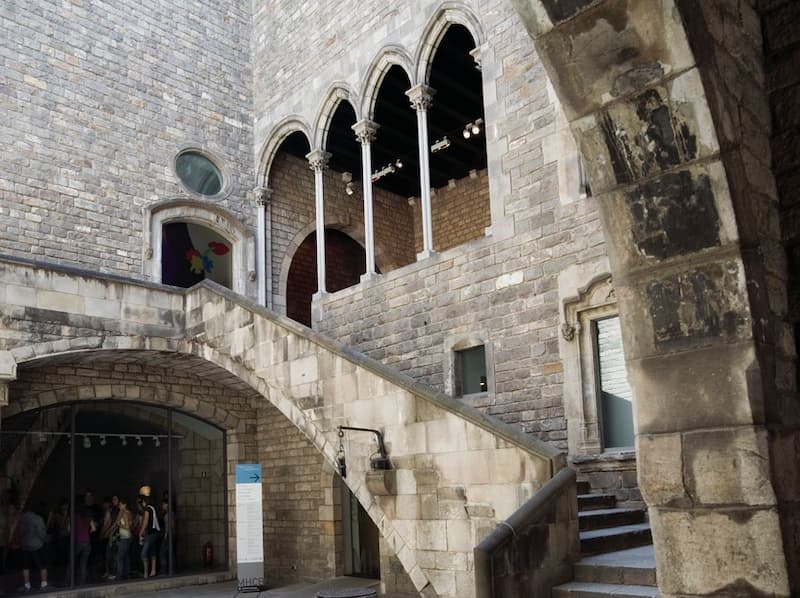
Image of Tourism of the Generalitat de Catalunya
The opening of this space dedicated to the Jewish community was carried out after seven years of research by the museum to disseminate the history of Judaism through different pieces that were recovered thanks to the work of archaeologists.
Those who decide to visit the institution will be able to find several objects of daily use that belong to the 13th and 14th centuries, and which were found in the different archaeological excavations that were carried out in this area of the city of Barcelona. There are some of these items that stand out more than others, such as a “Khanukiyyes”, a bowl with Hebraic characters, a copy of the “Haggadah” from Sarajevo illustrating scenes from the 15th century and two tombstones, also with Hebrew inscriptions.
The Center has different options to help people learn about the history of the community that inhabited the region in Barcelona in the Middle Ages in a different and accessible way. In this sense, the institution is divided into three sections:
- the first, specifically oriented to the topography of the Jewish quarter, its limits and the buildings it highlighted, allows an interactive tour of the antiques of the Call Major and the Call Menor; < / li>
- the second, explains the history of the neighborhood with audiovisual elements, from its formation until its disappearance in 1391. This section has a central part called “L’univers del Call”, where an approximation is made of what life was like there at the time of its maximum splendor. In addition, it is in this part of the Center where people will be able to find the objects that have been found in the neighborhood and will also have the possibility of interacting with the interactive material to know in depth various aspects of the Medieval Call;
- the third is the one that deals with delving into the cultural aspect of the Jewish quarter. There is a central table that allows you to have a global vision from the arrival of the community to the present. In addition, in La Gran Biblioteca there are the main works that were written in the Call between the 11th and 14th centuries.
Schedules
This space belonging to the Barcelona History Museum can be visited on Wednesdays in < strong> 11 a.m. to 2 p.m. and Sundays from 11 a.m. to 3 p.m. or from 4 p.m. to 7 p.m.
Price
The entrance to the Interpretation Center of the Jewish Quarter has a normal value of 2 euros, although those who have reduced entrance access will only have to pay 1.50. This last group includes people under 29 years of age, over 65, people who have a Barcelona library card, a reduced pink card, a large family card or a single-parent family card.
Despite that, there are some days that the institution has free admission for all public. These days are every first Sunday of each month and every Sunday in general from 3:00 p.m.
Address
The Call Interpretation Center is located at Placeta de Manuel Ribé, no number, 08002, Barcelona.
How to get here
People interested in getting to this place to learn more about the history of the Jewish community that inhabited this region of the city of Barcelona have to know that, fortunately, there are different ways to get there, either by metro, by bus or tourist bus.
Those who prefer to travel by metro should know that there are two lines that take them there and they are the Liceu (L3) and Jaume (L4). In terms of bus, they will be able to arrive in the 120, V17 and 45, and if they take the tourist bus they will be able to arrive by the southern route (red).
